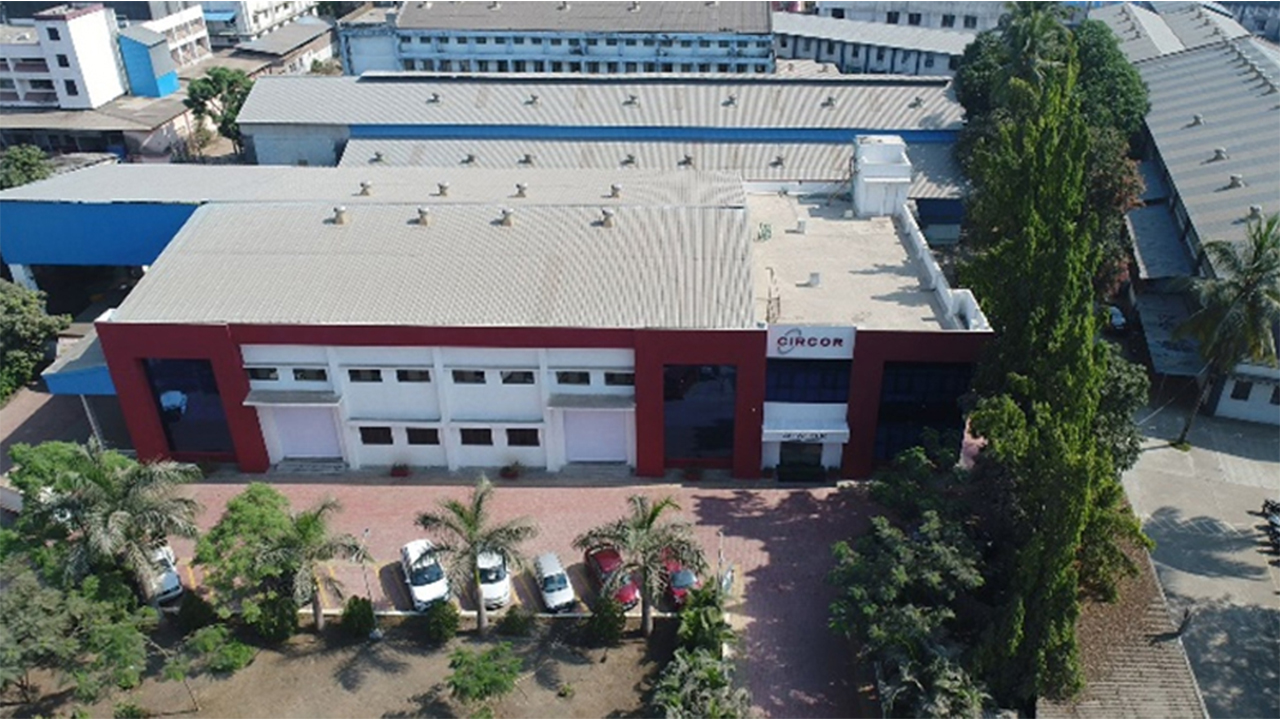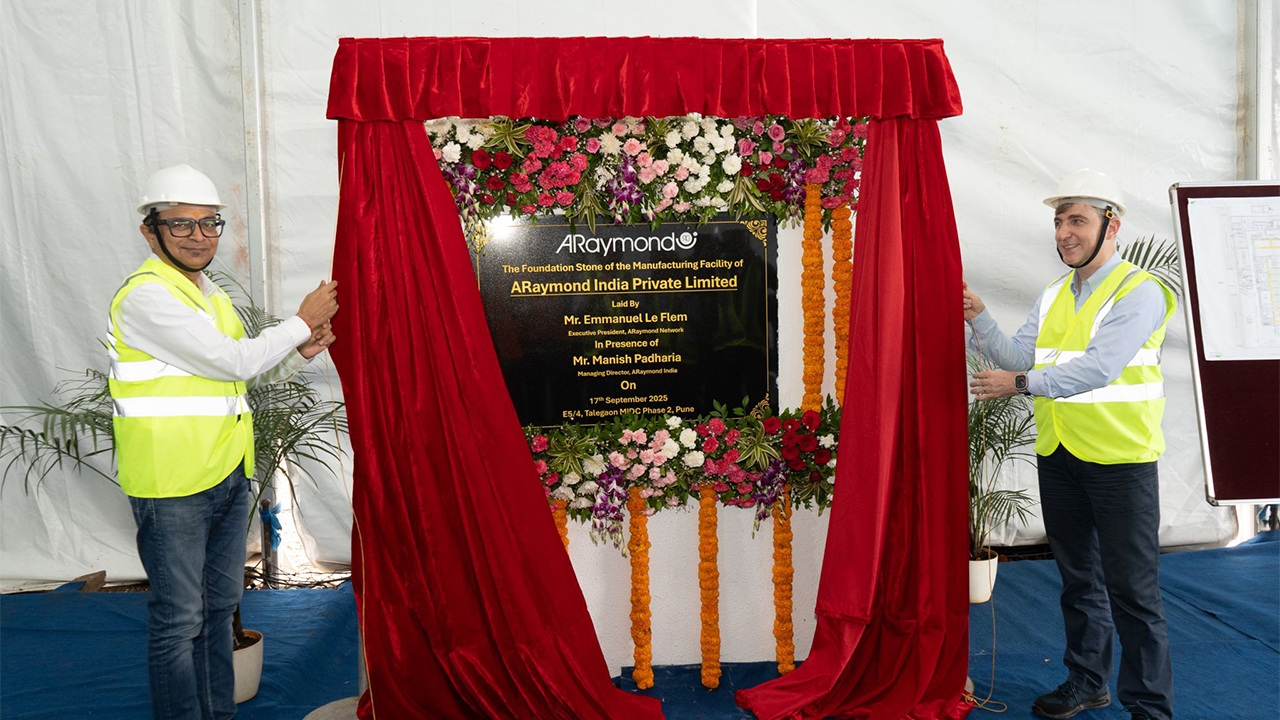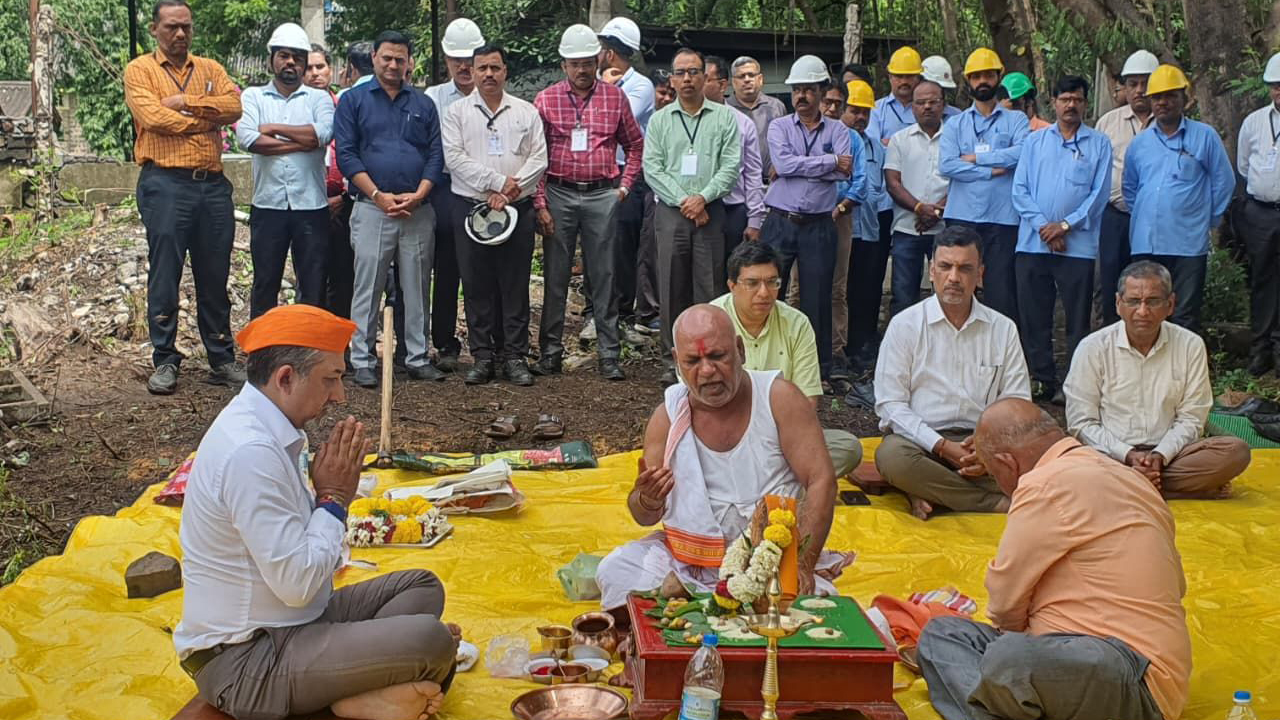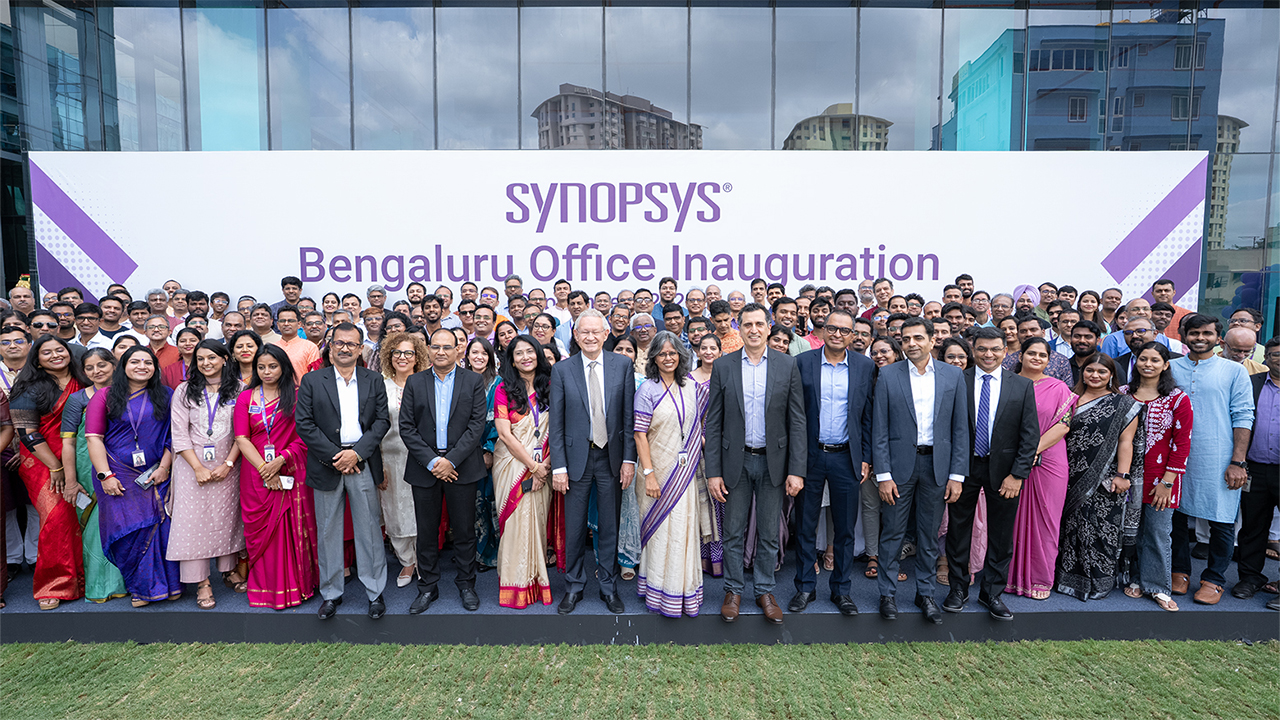February 2023 Registers 20th Consecutive Month of Growth in Indian Manufacturing
#PMI #IndianManufacturing #ManufacturingGrowth“Growth momentum in India’s manufacturing industry was maintained in February, with new orders and output increasing at similar rates to January. Companies were confident in the resiliency of demand and continued to add to their inventories by purchasing additional inputs.” - Pollyanna De Lima, Economics Associate Director, S&P Global Market Intelligence

March 2023: India’s manufacturing industry sustained robust growth of output and new orders halfway through the final fiscal quarter, albeit with a notable slowdown in the rate of international sales expansion. Companies continued to scale up input purchases, while job numbers expanded only fractionally amid a general lack of pressure on operating capacities. Meanwhile, input cost inflation accelerated to a four-month high but there was a softer upturn in selling charges. The seasonally adjusted S&P Global India Manufacturing Purchasing Managers’ Index (PMI) was at 55.3 in February, little-changed from 55.4 in January and signalling a strong improvement in the health of the sector. The headline figure was also above its long-run average of 53.7.
Amid reports of accommodative demand conditions and successful marketing campaigns, manufacturers experienced an increase in new work intakes. The upturn stretched the current sequence of growth to 20 months. Moreover, the rate of expansion was sharp in the context of historical data and matched that seen in January. Data implied that the domestic market was the main source of new business growth, as new orders from abroad increased only fractionally. The rise in international sales was the weakest in the current 11-month period of expansion. February data pointed to a twentieth consecutive rise in manufacturing production. Where growth was reported, panellists mentioned sustained increases in new orders, favourable underlying demand and technological progress.
The overall rate of expansion in output was historically sharp and broadly similar to January. Input costs in the manufacturing industry increased further, with firms mentioning higher prices for electronic components, energy, foodstuff, metals and textiles. Despite quickening to a four-month high, the rate of inflation was below its long-run average and among the weakest in over two years.
Pollyanna De Lima, Economics Associate Director at S&P Global Market Intelligence, said: “Growth momentum in India’s manufacturing industry was maintained in February, with new orders and output increasing at similar rates to January. Companies were confident in the resiliency of demand and continued to add to their inventories by purchasing additional inputs. Job creation failed to gain meaningful traction, however, as firms reportedly had sufficient staff to cope with current requirements. Indeed, there was only a marginal increase in their backlogs. Suppliers also appeared to have ample capacity to accommodate for rising input demand, shown by a stabilisation in delivery times. The PMI results suggested that most of the upturn in new orders welcomed by firms was domestically driven as international sales rose at a marginal pace that was the weakest in almost a year. After slipping to a 26-month low last November, input cost inflation surged in every month since. The latest rise was historically subdued, however, and among the weakest in around two years. The survey showed some reluctance among manufacturers to pass on cost increases to clients, with output charge inflation easing since January.”
Some firms opted to pass cost increases through to clients by lifting their selling prices, while the vast majority (94 percent) left their fees unchanged in attempts to boost sales. Overall, factory gate charges rose at a modest pace that was the slowest in three months and below the long-run series average. Ongoing increases in sales and efforts to rebuild inventories prompted firms to lift input purchasing in February. Buying levels rose sharply and at a rate that outpaced its long-run average. Suppliers’ capacities seemed adequate to keep up with improving input demand, as signalled by stable vendor performance. The seasonally adjusted Suppliers’ Delivery Times Index posted at the 50.0 no-change mark in February. Subsequently, Indian goods producers experienced another increase in their input inventories halfway through the first fiscal quarter.
Companies signalled only mild pressure on their own operating capacities, with outstanding business increasing marginally in February. As a result, there was little-change to overall job numbers. Indeed, 98 percent of panellists reported no change in employment. Meanwhile, holdings of finished goods fell at the joint-slowest pace in the current 67-month sequence of depletion. Where a decline was reported, firms cited the fulfilment of orders from inventories. Business confidence improved in February, with firms expecting demand strength, new product releases and investments to bode well for growth prospects.
NEWSLETTER
TRENDING ON PRO MFG
MORE FROM THE SECTION








